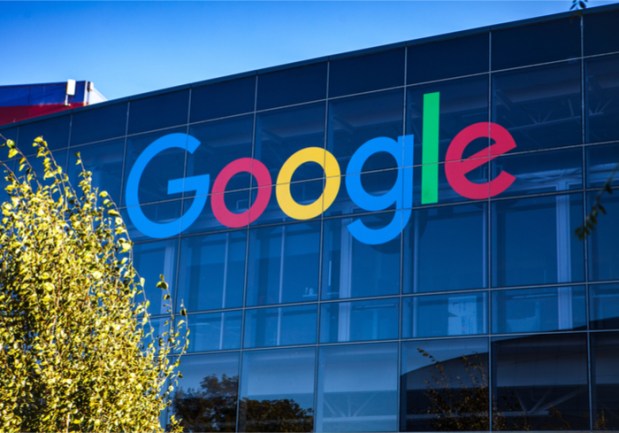Mobile Growth Leads To 24 Percent Ad Revenue Increase For Alphabet

Alphabet, the parent company of Google, posted financial results Monday (July 23) that beat analyst expectations, and included a 26 percent year-over-year revenue increase to about $32.7 billion. Analysts had expected Q2 revenue of about $32.2 billion, and the company’s stock price increased in after-hours trading by as much as 5 percent. Earnings came in at $11.75 per share, which also beat analyst expectations of $9.59 per share.
The earnings came less than a week after the European Union (EU) fined Google $5 billion — a record antitrust fine — over the dominance of the Android operating system. The EU found that Google acted illegally in enticing handset makers to load its apps along with the free operating system.
Taking into account the recent and other fines, Alphabet posted a net income of nearly $3.2 billion for the second quarter of 2018, down from $3.5 billion for the same period last year. Without fines, the company’s net income reached nearly $8.3 billion, up 32 percent year over year.
Google ad revenue increased nearly 24 percent year over year in the second quarter to $28 billion. Mobile and automated ads accounted for most of that growth, chief financial officer Ruth Porat said during the company’s post earnings conference call. Google Sites revenues were $23.3 billion in the quarter, up 26 percent year-over-year. “Results were led again by mobile search with strong contributions from both YouTube and desktop search,” Porat said.
The company’s cloud business, hardware sales and “other” revenue reached $4.4 billion, a nearly 37 percent year-over-year increase. Paid clicks on Google properties increased 58 percent year over year in the second quarter, and 15 percent when compared to the first quarter of 2018. Cost per clicks, meanwhile, declined 22 percent year over year in Q2 and 10 percent from the first quarter of 2018.
Google’s traffic acquisition costs stood at $6.4 billion, or 23 percent of the company’s advertising revenue. That compares to 22 percent for the first quarter of 2018. “The increase in the sites TAC rate year-over-year was driven by changes in partner agreements and the ongoing shift to mobile, which carries higher TAC,” Porat said. “We do expect the sites TAC rate to continue to increase year-on-year, reflecting ongoing strength in mobile search, albeit at a more moderate pace relative to the year-on-year increases experienced over the past several quarters.”
Google also reported other growth areas for mobile. “Local mobile searches are growing faster than mobile searches for us and have increased by almost 50% in the last year alone,” said CEO Sundar Pichai during the post-earnings conference call.
Thanks in part to investments in data centers and other equipment, the company spent about $5.5 billion on capital costs in the second quarter, up from $2.8 billion for the same period last year.
